Thousands of kilograms of 3104 or 5182 aluminum material are manufactured daily around the world for the manufacture of beverage cans and closures respectively, raw material that plays an extremely important role for the good performance of the production lines and has a great impact on the total cost of conversion of these components.
The aluminum material 3104 constitutes about 60 to 65% of the total cost of conversion of a beverage can, the rest of the costs (35 to 40%) are attributable to other raw materials such as lubricants, washing chemicals, inks, varnishes, and other concepts for the proper functioning of the production lines such as electricity, compressed gas, water, and wages to mention just a few of them.
As aluminium 3104 is a highly valuable material in the manufacture of beverage cans, it is important to understand in great detail its impact at each stage of its processing in the production lines. This detailed understanding encompasses material specification with the aluminum producer, receipt at the plant, proper storage of coil, internal material handling, in-line processing and disposal of rejects or scrap.
The aluminium alloy commonly processed by beverage can manufacturers is alloy 3104, a forging alloy that corresponds to the 3000 series aluminium-manganese due to its high formability. The hardness of the material is specified as H19, which corresponds to a maximum hardness that is achieved through cold working (thickness reduction) in the rolling mill.
When specifying the 3104 aluminum material by the can maker, the maximum utilization of the equipment (maximum weight and width of the coil), the volume of material required in the final can (special foil), the easy formation of bodies at the front of the line (material hardness), the performance in the decorating area and as a final product (material hardness after passing through the curing ovens), as well as its transportation to the production plant (post lube and packaging material) should be considered.
Receipt and storage of 3104 aluminum coil at the plant should be in a manner that maximizes material utilization, a concise receipt inspection that identifies damage to the material or packaging material, and prompt feedback to the aluminum producer. The primary objective is the full utilization of each roll, minimum removal of tips and tails, undamaged roll center, where the material during its storage time is protected, does not run the risk of damage or oxidation and is ready at any time to be fed to the production lines.
As far as its processing on the production lines is concerned, the aluminium material must be sufficiently formable, depending on its yield point and ultimate tensile strength (AS-YS and AS-UTS), elongation and ear percentage, constituents for tooling cleanliness, as well as the selected post lube; and at the same time sufficiently rigid to be able to achieve the expected functionality as a finished can in terms of dome reversion and axial load.
The internal handling of aluminum material such as ends and tails of the coils, disposal of rejects both of partial coils and non-conforming cans, or waste generated in the production lines, are also critical elements that directly impact the performance and cost of a can’s version. Therefore good identification and accurate weight of tips and tails will give us the correct credit from the aluminium producer or local scrap buyer. Good identification and collection of representative samples of rejected rolls on the line will give us a good disposition of the material and the correct investigation of the root cause of rejection. In the same way, the correct separation of the waste generated on the line from either the forming area (Aluminium class 1) or the decorating area (Aluminium with ink/varnish class 3), will give us the correct credit from the aluminium producer or local scrap/scrap dealer.
There is a very broad and interesting topic concerning the total cost of conversion and percentage of waste in the production lines, which is also closely related to the performance of the production lines. The excessive generation of tips and glues coming from the aluminum coils, a coil with thicknesses above the specification, a can with walls, dome depth and weight above the specification, are some of the issues that are not taken into account by many aluminum beverage can manufacturers and that have repercussions on the good use of such material.
According to the above, it can be concluded that the importance of aluminum material in the manufacture of beverage cans is of great relevance. It is therefore of utmost importance that any description, handling, and processing of this material on production lines, whether in rolls or cans, be considered with the value it represents as a major contributor to the cost of converting a beverage can or lid.
DOMINGO R. GONZÁLEZ
President and Founder
InCan Consulting Group, LLC. (Dublin, Ohio. USA)
Collaborating Company of Mundolatas
President & Founder
InCan Consulting Group, LLC. (Dublin, Ohio. USA)
Mundolatas Business Partner

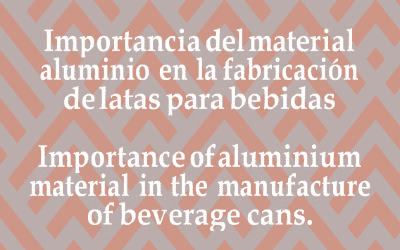
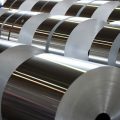
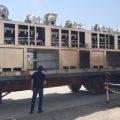

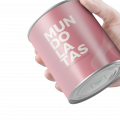
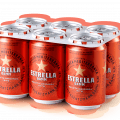

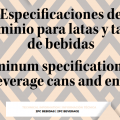

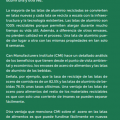
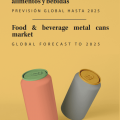




0 Comments